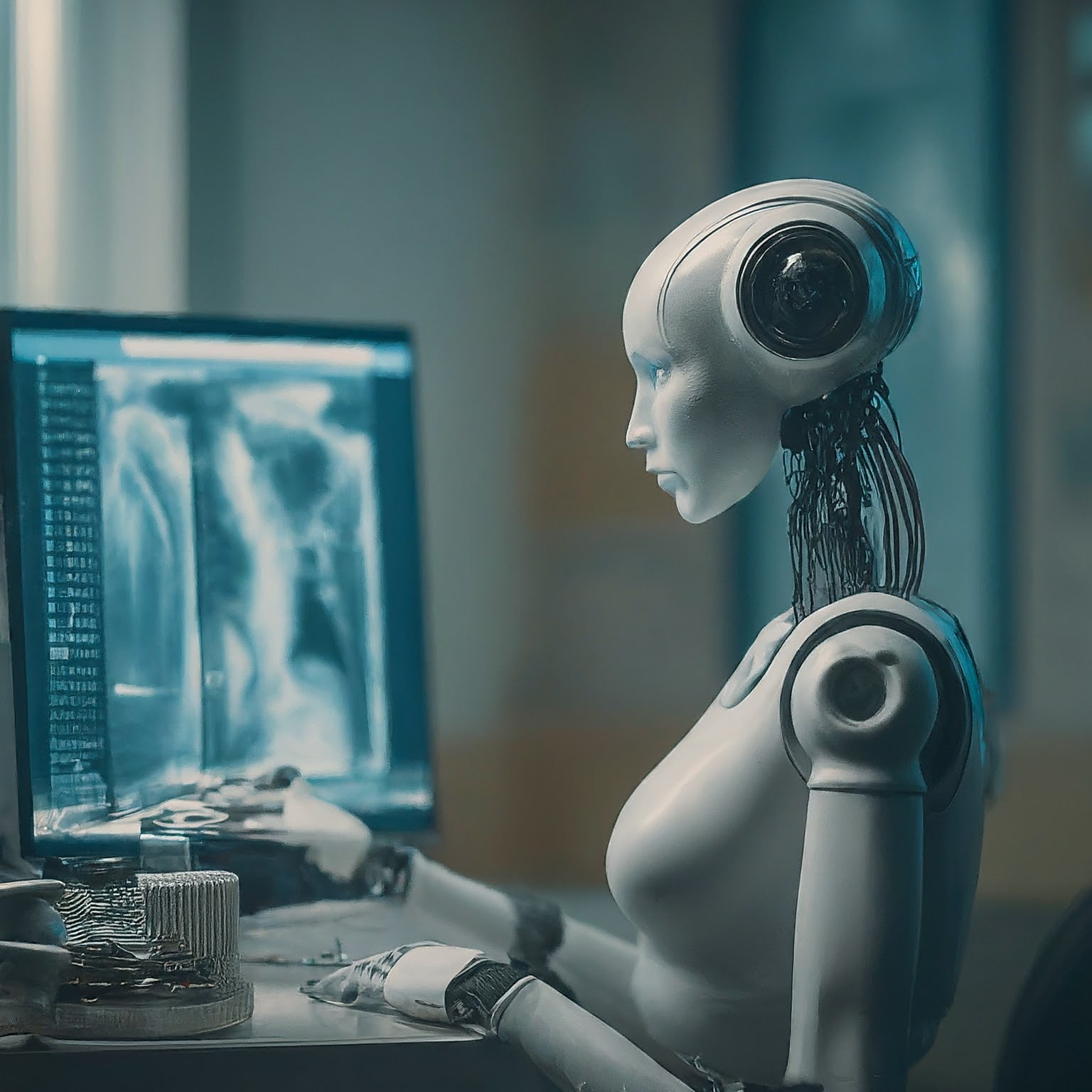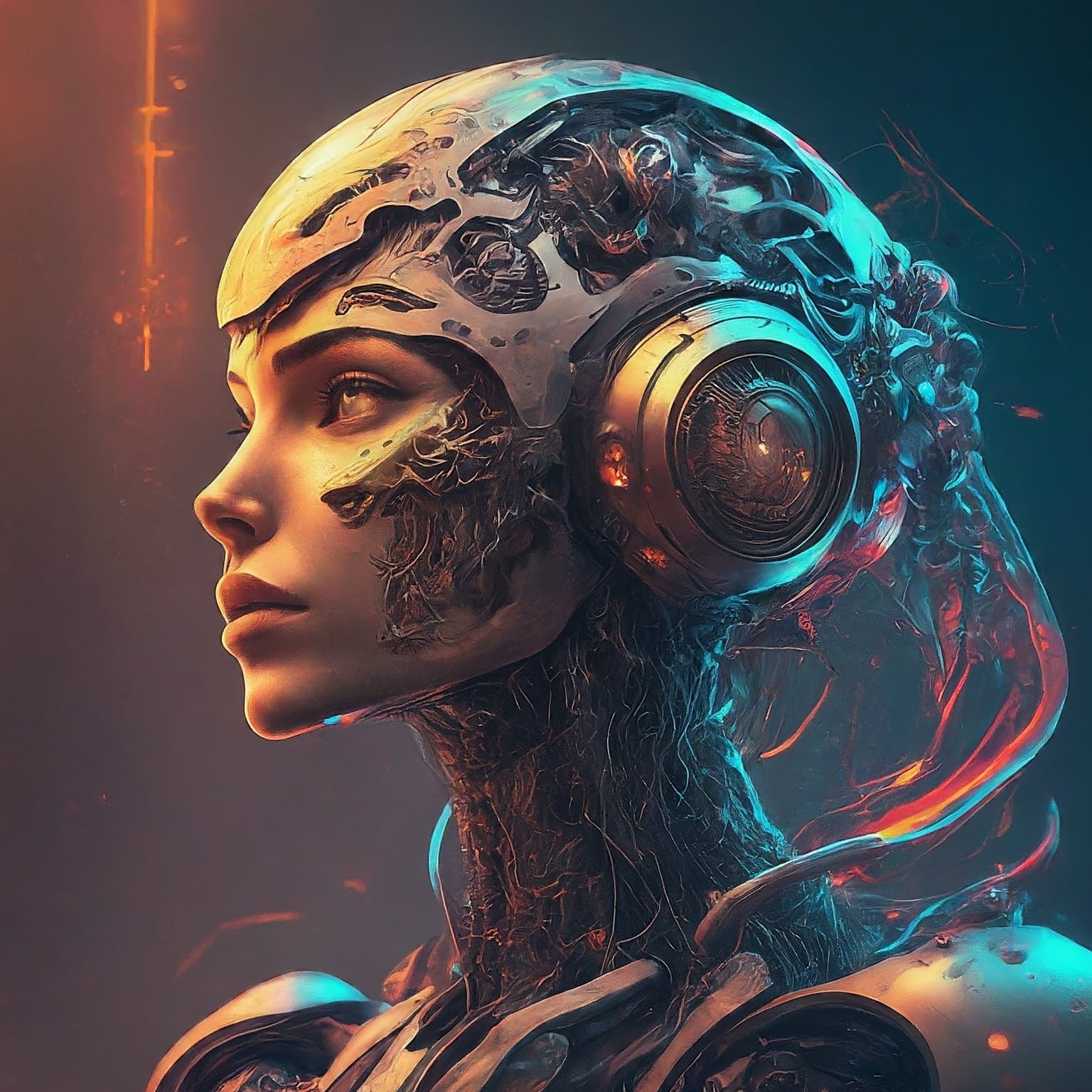Tencent Hunyuan3D-PolyGen
Tencent, one of the world’s leading tech giants, has introduced a breakthrough innovation in the world of game development: Hunyuan3D-PolyGen, an advanced AI model that generates art-grade 3D assets. This AI-powered system is poised to drastically streamline the creation of complex, high-fidelity game environments and models — a process that has historically been a bottleneck in production timelines.
In a gaming landscape where realistic visuals are becoming standard, the ability to produce high-quality 3D models quickly and cost-effectively could redefine industry workflows.
What is Hunyuan3D-PolyGen?
Hunyuan3D-PolyGen is Tencent’s first AI model specifically designed to generate professional-grade 3D assets suitable for use in commercial gaming. It is built upon Tencent’s proprietary BPT (Bidirectional Patch Transformation) technology, which allows the model to compress and reconstruct high-resolution 3D data without sacrificing essential visual detail.
Unlike many earlier AI 3D generators that focused on basic or stylized assets, Hunyuan3D-PolyGen produces complex meshes with both triangular and quadrilateral polygon support—a game-changer for developers working across different engines and software.
How It Works: A Three-Step AI Generation Pipeline
The core innovation of Hunyuan3D-PolyGen lies in its intelligent and structured approach to asset generation. Here’s how the system functions:
- Mesh Translation to AI Language
It starts by converting existing 3D meshes into a format the AI model can interpret—much like turning geometry into a language. - Predictive Generation Using NLP-Inspired Techniques
Borrowing concepts from Natural Language Processing (NLP), the system uses autoregressive mesh generation and point cloud data to predict the next logical geometric structure in a 3D object, much like how language models predict the next word in a sentence. - Reconstruction into Detailed 3D Models
The AI then transforms its internal geometric “language” back into full-fledged 3D models with complete vertex and patch data, maintaining artistic integrity and structural precision.
This layered approach ensures professional-quality output that meets the rigorous demands of high-end game development.
Why This Matters: Solving Real Studio Problems
Creating detailed 3D assets is notoriously time-consuming and labor-intensive. Artists must build wireframes, refine geometry, and ensure compatibility with various rendering engines. This process often involves repetitive tasks that take focus away from the creative aspects of design.
Tencent’s model directly addresses these pain points by automating the most repetitive and technical stages of asset creation. According to internal testing, Tencent’s own game development teams have reported efficiency improvements of over 70% when using Hunyuan3D-PolyGen.
Intelligent Quality Control: Reinforcement Learning at Work
To ensure the AI’s outputs are usable in real-world projects, Tencent implemented a reinforcement learning mechanism. This system teaches the AI to distinguish between high- and low-quality outputs, much like a seasoned artist mentoring a novice.
Over time, the AI improves based on feedback and generates assets that are increasingly aligned with industry standards. The result? Fewer unusable models and more production-ready content from the outset.
Real-World Integration in Tencent Studios
Unlike many AI tools that stay in the demo phase, Hunyuan3D-PolyGen is already in active use across Tencent’s internal game studios. It is integrated into the company’s Hunyuan 3D AI creation engine, making it a foundational tool for developing the 3D environments and characters players will experience in future Tencent games.
This real-world implementation ensures that the tool is not only practical but battle-tested in the fast-paced world of AAA game development.
A Human-Centric Vision for AI in Game Development
Rather than replacing human artists, Tencent’s approach augments them. The AI takes care of time-consuming technical work, enabling human creators to focus on ideation, storytelling, and visual innovation.
This philosophy reflects a broader trend in creative AI: the move from automation to augmentation. Tools like Hunyuan3D-PolyGen are designed to amplify human skill, not replicate it—bringing AI into the workflow as a collaborative assistant rather than a competitor.
Understanding BPT and Autoregressive Mesh Modeling (Simplified)
At the heart of Tencent’s innovation is BPT (Bidirectional Patch Transformation)—a system that reduces large 3D models into manageable “patches” without losing visual detail. Think of it as AI-based compression, but specifically tuned for geometry rather than images or text.
The autoregressive mesh modeling aspect draws from NLP, where a model predicts the next word based on previous ones. Here, the AI predicts the next set of mesh vertices or faces based on the existing structure. This approach allows the system to “learn” 3D form in the same way large language models learn grammar and context.
Together, these technologies make it possible to reconstruct high-detail 3D objects that are both compact and accurate—something traditional modeling workflows can’t easily achieve at scale.
A Brief History of 3D Modeling in Game Development
Before AI became a creative partner, 3D modeling was a painstaking manual process. Artists would spend hours sculpting wireframes, applying textures, and optimizing polygons—all while balancing performance with visual quality. Early 3D games, like those of the PlayStation 1 and Nintendo 64 era, were limited by both hardware and software.
As engines like Unreal Engine and Unity matured, visual standards rose. High-resolution meshes, realistic shaders, and dynamic lighting became the norm, particularly in AAA gaming. But with this leap in quality came soaring development costs and bloated timelines.
The introduction of AI into this pipeline, particularly with tools like Tencent’s Hunyuan3D-PolyGen, represents the latest evolution—automating the most time-consuming parts of modeling without compromising fidelity.
How Hunyuan3D-PolyGen Stacks Up Against Other AI 3D Tools
| Tool | Key Features | Target Use Case | Pros | Cons |
|---|---|---|---|---|
| Hunyuan3D-PolyGen (Tencent) | BPT tech, quad+tri face support, autoregressive mesh modeling | Professional game development | Art-grade output, high efficiency, reinforcement learning | Proprietary tech, limited access |
| Point-E (OpenAI) | Generates 3D point clouds from text prompts | Experimental/academic | Fast generation, lightweight models | Lacks mesh detail, early-stage |
| GET3D (NVIDIA) | Generates textured 3D meshes from 2D images | Real-time environments | High fidelity, texture included | Requires training, GPU-heavy |
| Luma AI | Neural radiance field (NeRF) rendering | AR/VR, photogrammetry | Realistic lighting, AR-ready | Data-heavy, niche applications |
Hypothetical Use Cases: How Different Studios Could Leverage PolyGen
Indie Game Studio: Use PolyGen to generate terrain assets, props, and background objects, freeing artists for key characters and world-building.
AAA Developer: Rapidly prototype levels with placeholder assets that closely mimic final versions, speeding up iteration and testing.
Metaverse Platform: Enable users to create personalized 3D avatars and environments, empowering UGC at scale.
Simulation & Education: Quickly build training environments and interactive scenarios with high realism.
Expert Perspectives: What This Means for Game Artists
While AI tools are sometimes viewed with skepticism by creatives, many industry professionals are beginning to see their value—not as replacements, but as accelerators.
“The fear used to be that AI would take our jobs,” says a senior environment artist at a AAA studio. “Now I see it as giving me back the hours I spent sculpting tiny details on background props no one noticed.”
Broader Implications: The Future of AI in Game Pipelines
As AI tools like Hunyuan3D-PolyGen mature, they could reshape not just how assets are made, but how entire games are planned. Imagine:
- Procedural world generation at near-photorealistic quality
- Automatic asset optimization for different platforms
- AI-assisted animation, rigging, and simulations
- Natural language prompts to create full scenes or levels
This could lead to smaller, more agile teams producing ambitious projects, drastically reducing the gap between indie and enterprise-level productions.
Impact Beyond Gaming: AR, VR, and the Metaverse
The benefits of AI-generated 3D content extend to other sectors too. AR/VR creators can use PolyGen to build immersive environments more rapidly. Architectural visualization, film previsualization, and even e-commerce stand to benefit.
In the emerging metaverse ecosystem, where millions of 3D assets must coexist, the ability to generate visually consistent, lightweight, and interoperable assets will be crucial.
Final Thoughts: A Turning Point for 3D Design
Hunyuan3D-PolyGen isn’t just another tech demo—it’s a real, functioning solution built by developers for developers. With its focus on efficiency, quality, and creative support, it sets a new benchmark for what AI can do in the gaming industry.
As AI tools like this mature, expect to see a creative renaissance where technology handles the grunt work and humans are free to imagine new worlds like never before.

